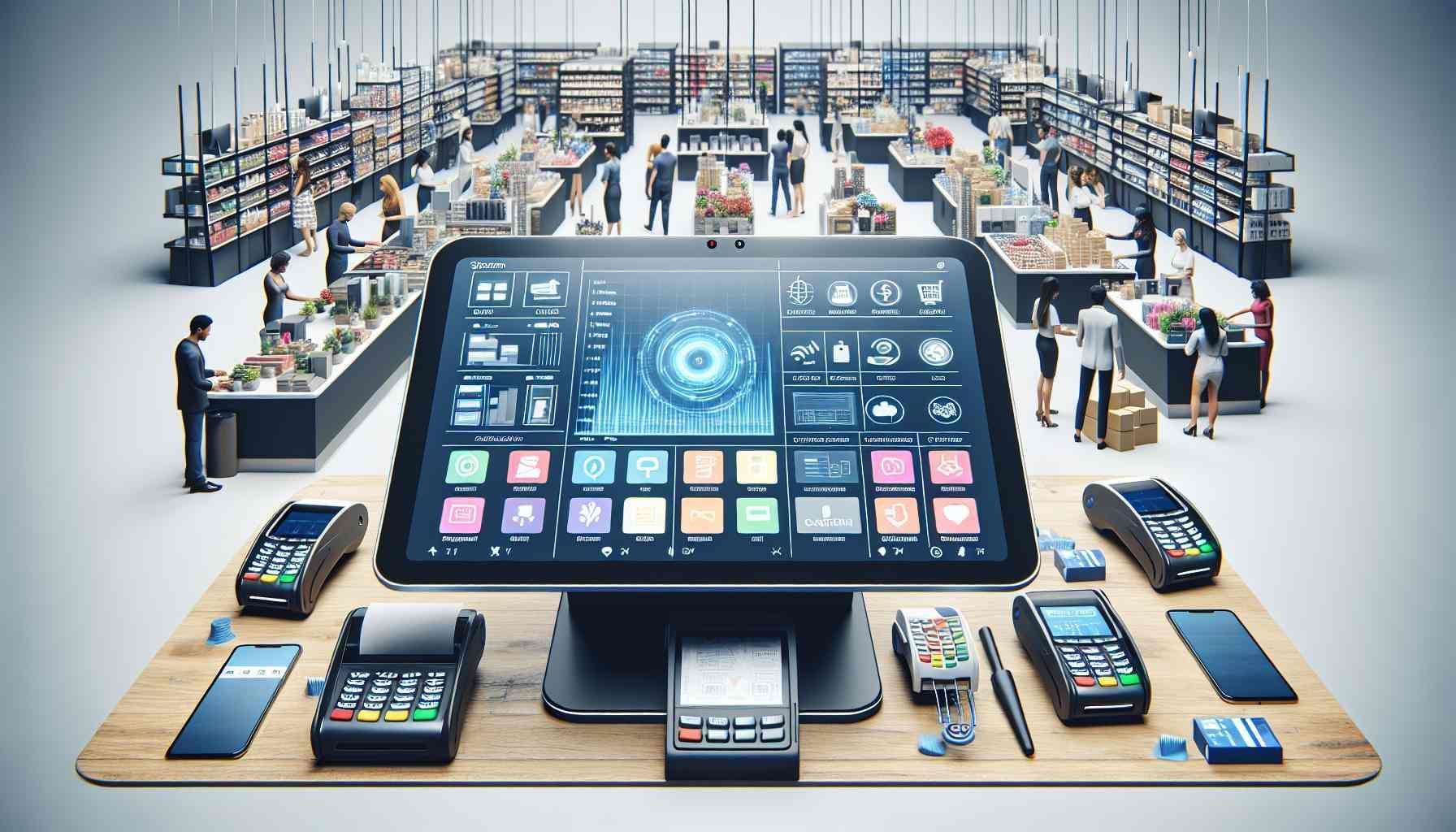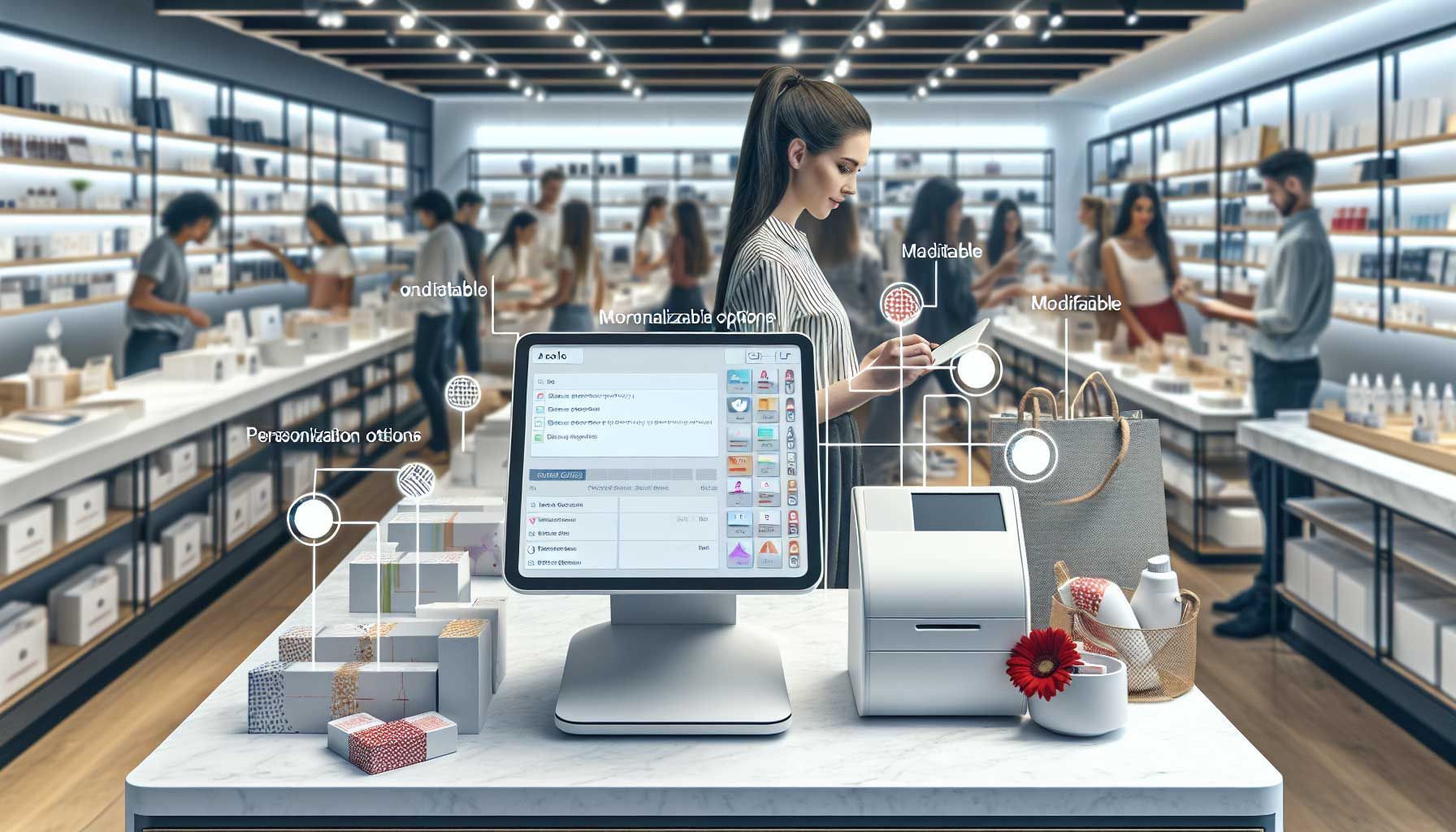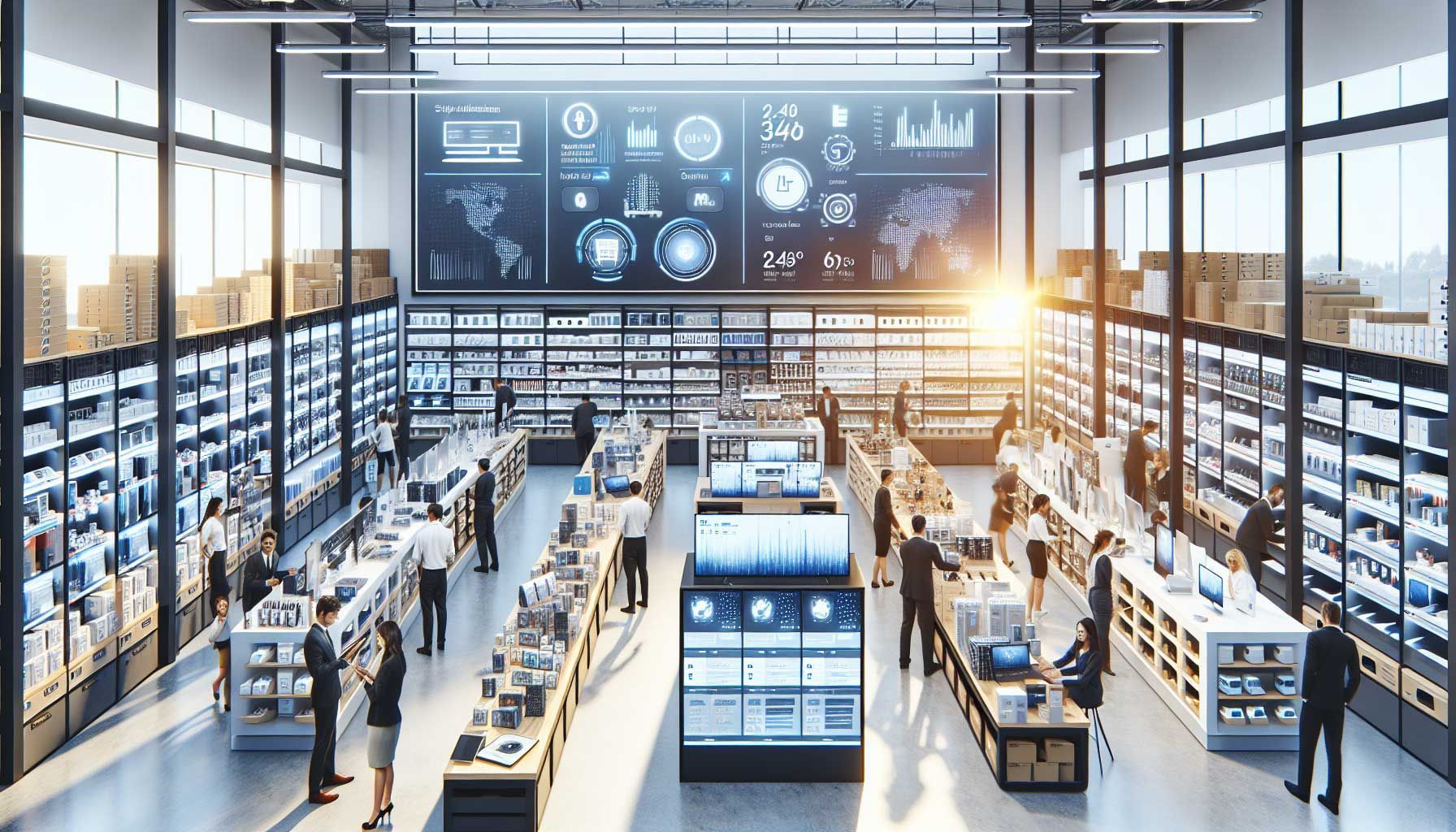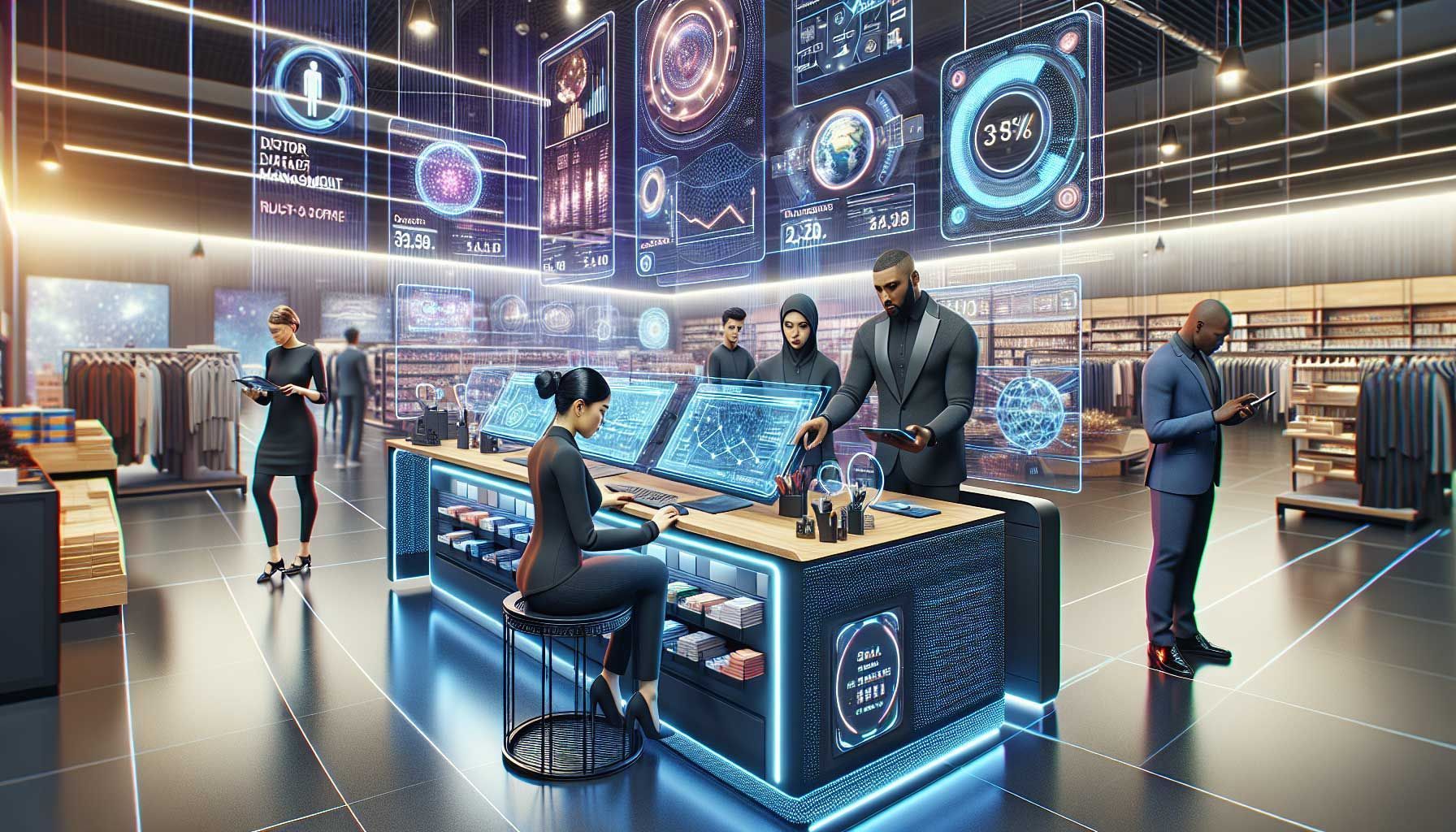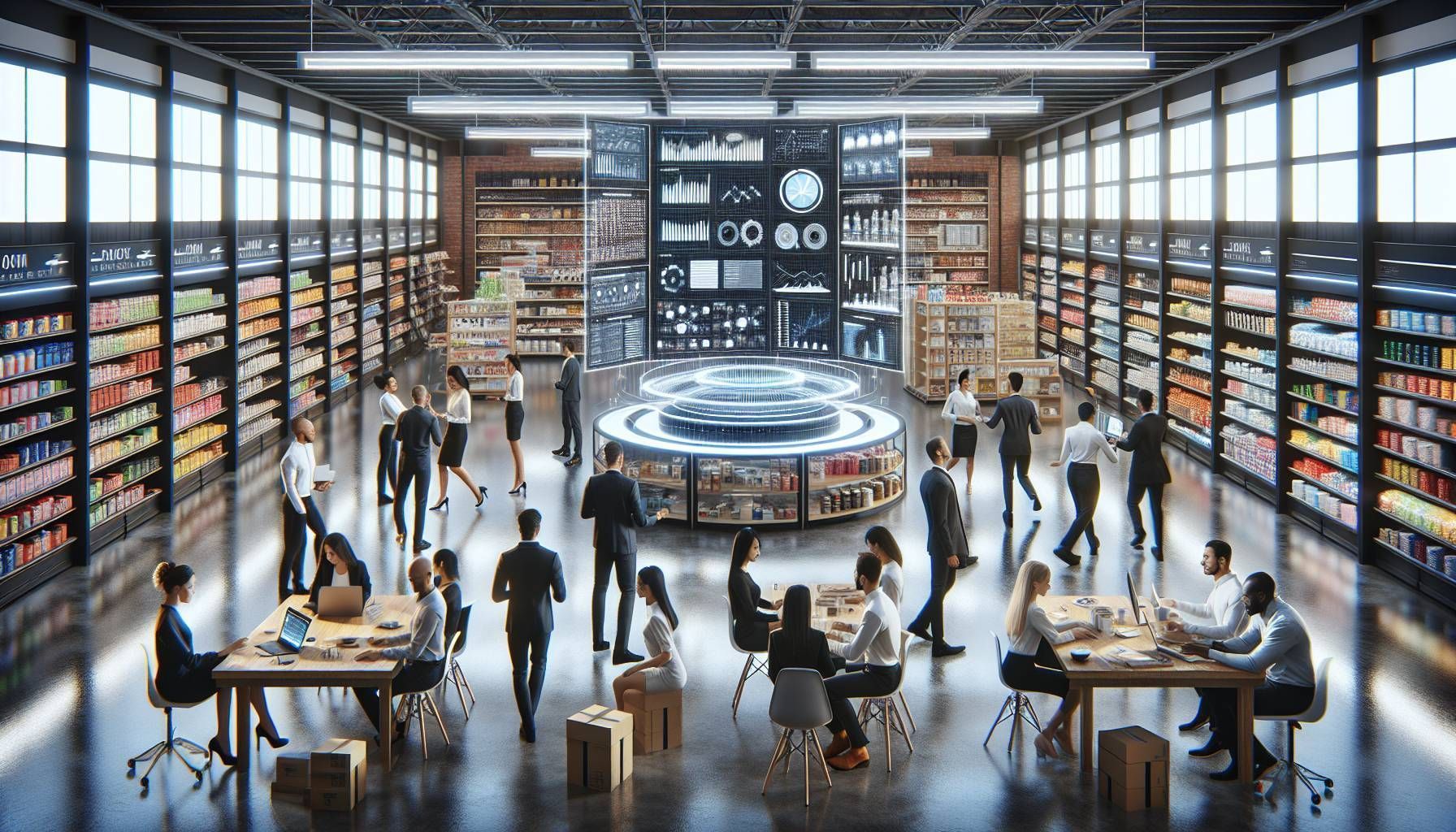How To Build a Value Chain for the Retail Industry – Example and Guide
What is an example of a value chain for the retail industry?
An interesting example of a value chain for retail industry is the concept of Retailgear. This provides retailers a total solution to automate their business from webshop, CRM, cash register system and stock management. In addition, it has a standard integration with suppliers and everyone works in a shared product database.
You can read more on the website of
thevaluenetwork. We also offer a white label solution if you want to apply this same concept in your own industry. It is also possible to integrate your own software, such as a cash register system.

Collaboration on marketing and sales between suppliers and retailers
Why the current infrastructure of retail is not ideal for value chains

How to Create an Effective Value Chain for Your Retail Industry
With the example above I try to indicate the importance of a value chain for the retail industry. Now let’s see how to implement a value network, like
Retailgear, yourself.
1. Map out the needs and goals of different parties
2. Find the first companies to work with
3. Fix the key elements

A good example of a retail value chain
I hope this example of a retail value chain gives you more insight and knowledge of the possibilities for your company. With Retailgear Whitelabel you do not have to make large investments in technology and development, but you can immediately start linking your own systems and users.

We look forward to share the best strategies with you.
Thank you!

Bring your shop to the next level
Hi, I'm George and I like retail and technology. Therefore, my passion here at Retailgear.com is to provide you with reliable information to automate and digitize your store. You can find out what we can do for your industry through our menu. Also, feel free to check out this updated list of retail tools.
Get inspiration in your inbox to get more sales and store visitors with less effort.






